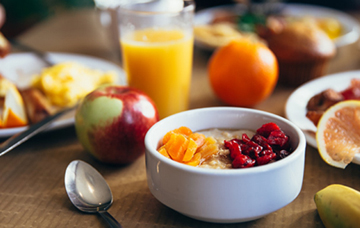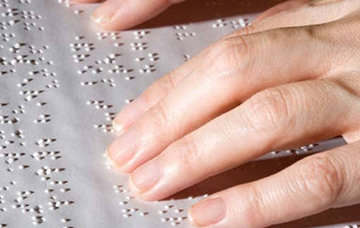Articles
Should You Always Wash New Clothes Before Wearing Them?
Source: HowStuffWorks Written By: Alia HoytYou trolled the aisles, swiped the credit card and lugged the bags home. But there's one more tedious, but necessary step before you hang up those newly acquired clothing purchases – running them through the washing machine. It seems counter-intuitive to wash new garments before wearing them. After all, they're brand-new and look clean. But there's a lot more going on behind the clothing scenes than most of us realize.
Breakfast: Is it the Most Important Meal?
Source: WebMD Written By: .Breakfast kick-starts your metabolism, helping you burn calories throughout the day. It also gives you the energy you need to get things done and helps you focus at work or at school. Those are just a few reasons why it’s the most important meal of the day. Many studies have linked eating breakfast to good health, including better memory and concentration, lower levels of “bad” LDL cholesterol, and lower chances of getting diabetes, heart disease, and being overweight. It’s hard to know, t
The Hindu Thaipusam Festival
Source: ThoughtCo. Written By: Subhamoy DasThaipusam is an important festival observed by the Hindus of southern India during the full moon of the Tamil month of Thai (January - February). Outside of India, it is celebrated mainly by the Tamil-speaking community settled in Malaysia, Singapore, South Africa, Sri Lanka and elsewhere around the world.
5 Ways to Make Your Life Better in the New Year
Source: Psychology Today Written By: Stephanie A. Sarkis Ph.D.The new year is upon us, and that means a fresh start. This is the perfect time to reassess where we are going in life, where we want to go, and how we are going to get there. Here are some ways to improve your quality of life in the new year.
Braille Facts
Source: National Braille Week Written By: .What is Braille? Braille is a tactile reading and writing system used by blind and visually impaired people who cannot access print materials. It uses raised dots to represent the letters of the print alphabet. It also includes symbols to represent punctuation, mathematics and scientific characters, music, computer notation and foreign languages.






